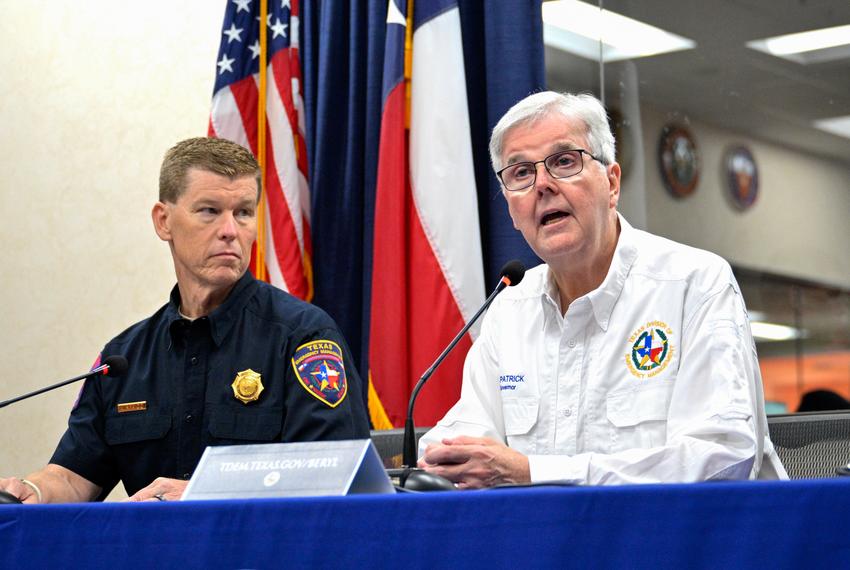October 24, 2024
By Scott Hinson, chief technology officer, Pecan Street
It’s been a tough couple of years for Texas’ electric grid. Many observers don’t think the next few years will be much easier. Before folks jump on the “that’s what Texas deserves” bandwagon, the rest of the country isn’t faring much better. We need a transparent, economically and environmentally sound plan. From where I’m sitting, I don’t see one on the horizon.
Over the next couple of weeks, we’ll look at some of the big grid challenges Texas has faced recently and how leaders have responded. Not to spoil the ending, but it should be a clarion call for the rest of the country to think strategically and urgently about the grid.
Uri Was a Miserable Wake-Up Call
I won’t rehash the details of the 2021 winter storm crisis, which started the Texas slide. The world knows it was a disaster that resulted in hundreds of deaths, cost Texans $100-300 billion (depending on who you ask) and set in motion a reputation crisis that Texas and its grid manager, ERCOT, still have not recovered from. On top of that, it increased electric prices for all Texas residents.
The state responded with some winterization regulations and other measures that Governor Greg Abbott claimed resulted in a safe, secure and reliable grid. But critics abound, and the state’s response did little to allay concerns here or nationally that leaders took the crisis seriously.
Now, we have startling predictions about what the next few years will bring. In short, we’re at an electricity crossroads. We can’t rest on our “independent” or “competitive market” laurels any longer. It’s time to prove we can build and manage an electric grid for the 21st century.
A Hands-Off Approach That Isn’t Hands Off Isn’t a Plan
Texas leaders proudly promote deregulation and ERCOT’s competitive market. Indeed, many good things resulted from smart decisions decades ago.
But the state’s hands-off, leave-it-to-market-forces approach to electricity ignores the fact that when the electricity system fails, people die, businesses crumble, and taxpayers pay the bill. When tragedy strikes, as it did in 2021 and, to a thankfully lesser extent in Houston following Tropical Storm Beryl, elected leaders assign blame everywhere except on themselves – the people who have allowed our system to become so fragile. The governor, after all, controls ERCOT’s management and the Public Utilities Commission.
And when state leaders overcorrect, it’s usually in favor of fossil fuel generation. Following the 2021 disaster, leaders pushed through a voter-approved multi-billion dollar payday for natural gas power plant operators. This July, Gov. Abbott and Lt. Gov. Dan Patrick said they want to double the budget. That isn’t the market speaking…that’s a multi-billion dollar thumb on the scale.

Just days after Tropical Storm Beryl knocked out power for millions in Houston, elected officials began pointing fingers at CenterPoint for not trimming enough trees, having enough trucks or doing enough fast enough to restore power. But CenterPoint plays by the same rules as other utilities, as dictated by the governor-appointed Public Utilities Commission. Stricter rules for all utilities might increase resiliency, but they’d likely increase electricity costs, which would undercut Texas’ claims as a “low-regulation, low-tax” state. It’s hard to have it both ways.
Whether it’s the debatable resilience improvements following Uri or voter-approved taxpayer-funded handouts to gas plants, Texas’ approach has been to wait for a disaster, get angry, point fingers, and treat the symptoms. The second-largest economy in the country deserves better. Uri was a wake-up call, and Texas still hasn’t answered.
And we better…fast. Because ERCOT just told us things are about to get crazy. That’s next time.


















